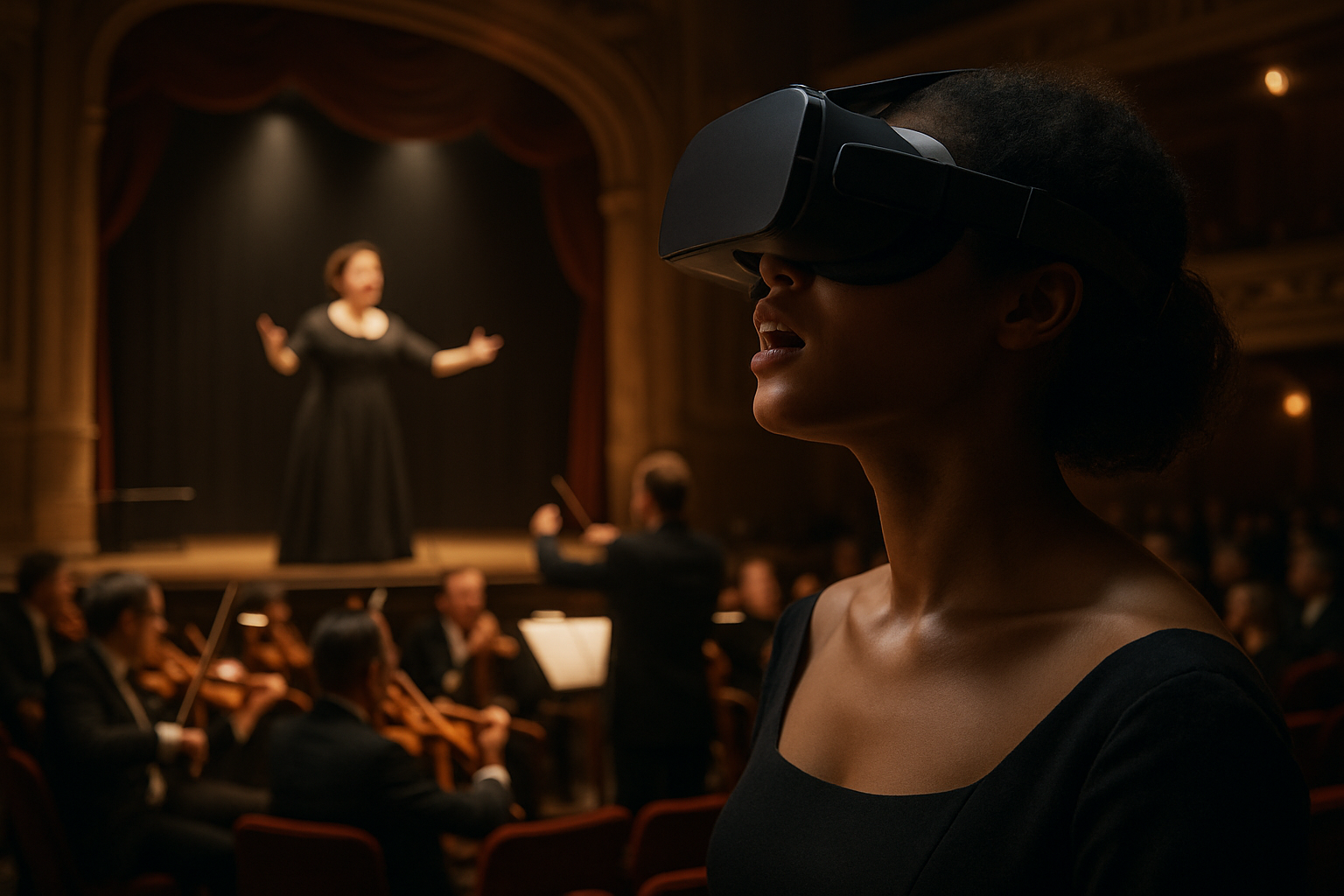Measuring Engagement: Analytics That Matter for Cultural Projects
Effective measurement helps cultural projects understand how audiences interact with work across venues and platforms. This article outlines practical engagement metrics for museums, music ensembles, film distributors, theaters, galleries, and festivals, and explains how analytics can inform curation, accessibility, touring, monetization, immersive production, and storytelling strategies.

Cultural projects rely on more than attendance numbers to gauge success. Engagement analytics reveal how people discover, experience, and return to music, film, theater, galleries, and festivals. By tracking a mix of quantitative and qualitative signals, producers and curators can refine programming, improve accessibility, and align production choices with audience needs while preserving artistic intent.
How do culture and curation affect engagement?
Curation decisions shape initial discovery and ongoing engagement for cultural organizations. Metrics to watch include referral sources (how audiences find exhibits or performances), time spent with content (dwell time in galleries or watch time for recorded performances), and repeat visitation. Pair these with qualitative feedback—surveys, comment analysis, and visitor interviews—to understand why audiences respond. Use cohort analysis to track how curation changes affect specific audience segments over time, helping planners balance experimental programming with reliable draws.
Which analytics apply to music and film projects?
Music and film measurement blends platform data and direct audience signals. Streaming platforms provide play counts, completion rates, and listener/viewer retention curves. For live music and film screenings, ticket conversions, pre-event engagement (trailer or single playthroughs), and post-event social mentions are useful. Segment by device and geography to refine touring strategies and digital release windows. Attribution models that link promotion channels to conversions help optimize where marketing spend creates the most measurable return.
What metrics suit theater, galleries, and immersive work?
Theater and immersive productions require metrics sensitive to in-person and hybrid experiences. Track ticket sell-through rates, capacity utilization, and entrance/exit patterns for physical venues. For galleries, map visitor flow and dwell time per installation; use heatmaps if possible. For immersive experiences, measure session lengths, interaction points triggered, and safety-related drop-offs. Combine these with accessibility metrics—number of assisted visits, use of audio descriptions or captions—to ensure inclusive design influences engagement positively.
How does streaming, touring, and festivals change measurement?
Streaming shifts emphasis to discovery algorithms, playlist placements, and completion ratios, while touring and festivals stress geographic segmentation and conversion funnels. For festivals, track multi-event retention (how many attendees return for multiple acts), cross-visit patterns, and sponsorship engagement. Touring analytics should monitor ticket sales velocity, merchandise attachment rates, and local marketing effectiveness. Integrate local services and partner data to understand regional differences and to plan routing or digital rollout strategies effectively.
How can accessibility, production, and storytelling be measured?
Accessibility can be quantified by uptake of accessible options (caption use, audio description downloads, sensory-friendly session attendance) and by sentiment in accessibility-related feedback. Production choices are evaluated through production-related KPIs: rehearsal-to-performance efficiency, technical issue rates, and audience-reported production quality. Storytelling effectiveness shows up in narrative-related engagement—completion rates for serialized content, social sharing of specific scenes, thematic search queries, and qualitative indicators from post-show discussions or surveys. Combine these metrics to assess whether storytelling choices lead to deeper audience connection.
Monetization and analytics in practical terms
Monetization requires linking engagement metrics to revenue signals. Monitor conversion rates from free to paid tiers, average revenue per user (ARPU) for streaming and memberships, sponsorship activation metrics, and ancillary sales (merchandise, concessions, educational programs). Use lifetime value (LTV) modeling for patrons and ticket buyers to guide promotional spend. Privacy-aware analytics and consent management are essential when correlating behavioral data with purchases to remain compliant and maintain audience trust.
Conclusion Measuring engagement for cultural projects is multidimensional: quantitative platform and ticketing data should be combined with qualitative feedback to capture the full audience experience. Thoughtful metric design—tailored to music, film, theater, galleries, streaming, festivals, and immersive work—supports creative and operational decisions across curation, accessibility, touring, monetization, production, and storytelling. Regular review of these analytics helps cultural practitioners adapt programming while preserving the integrity of their artistic missions.





